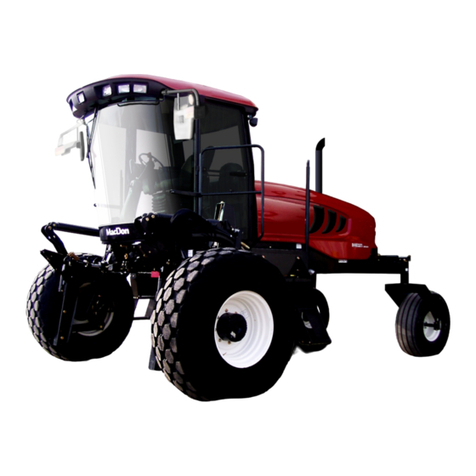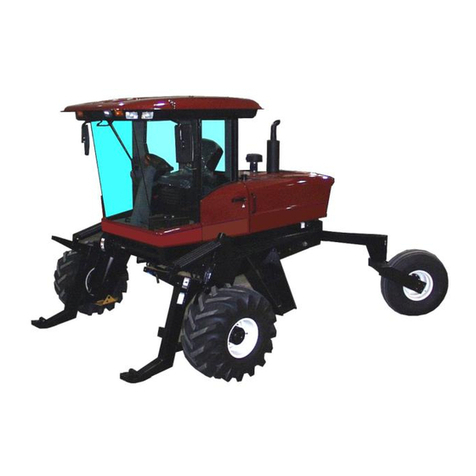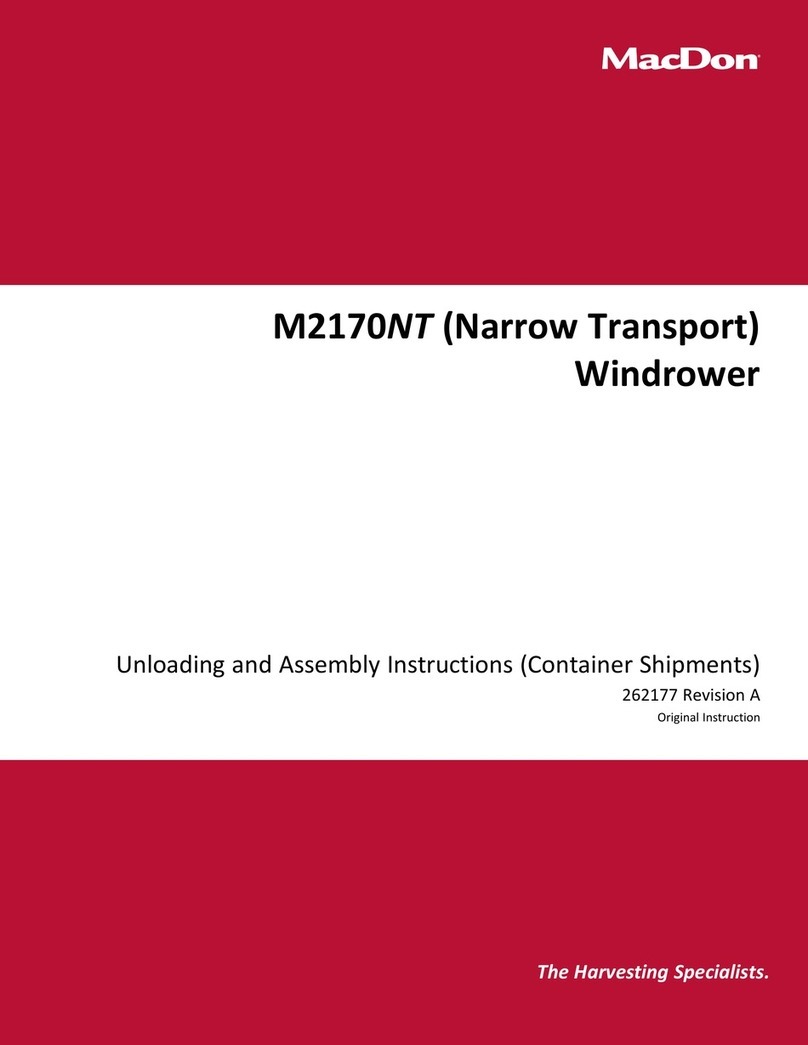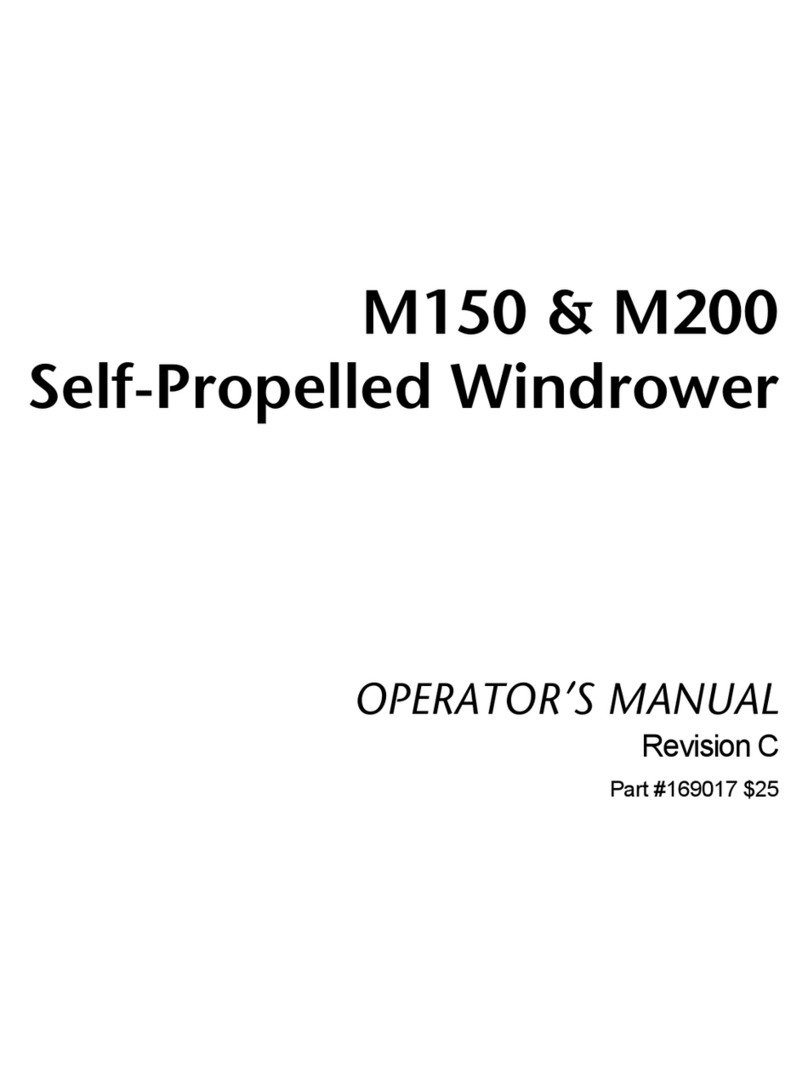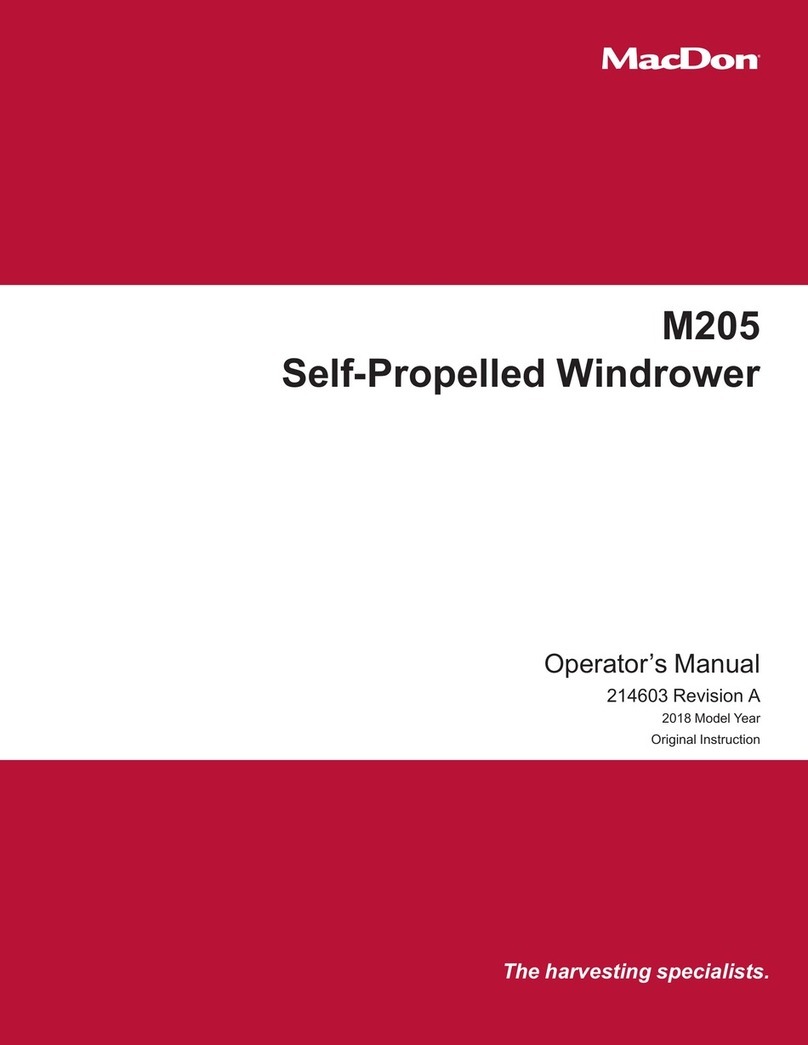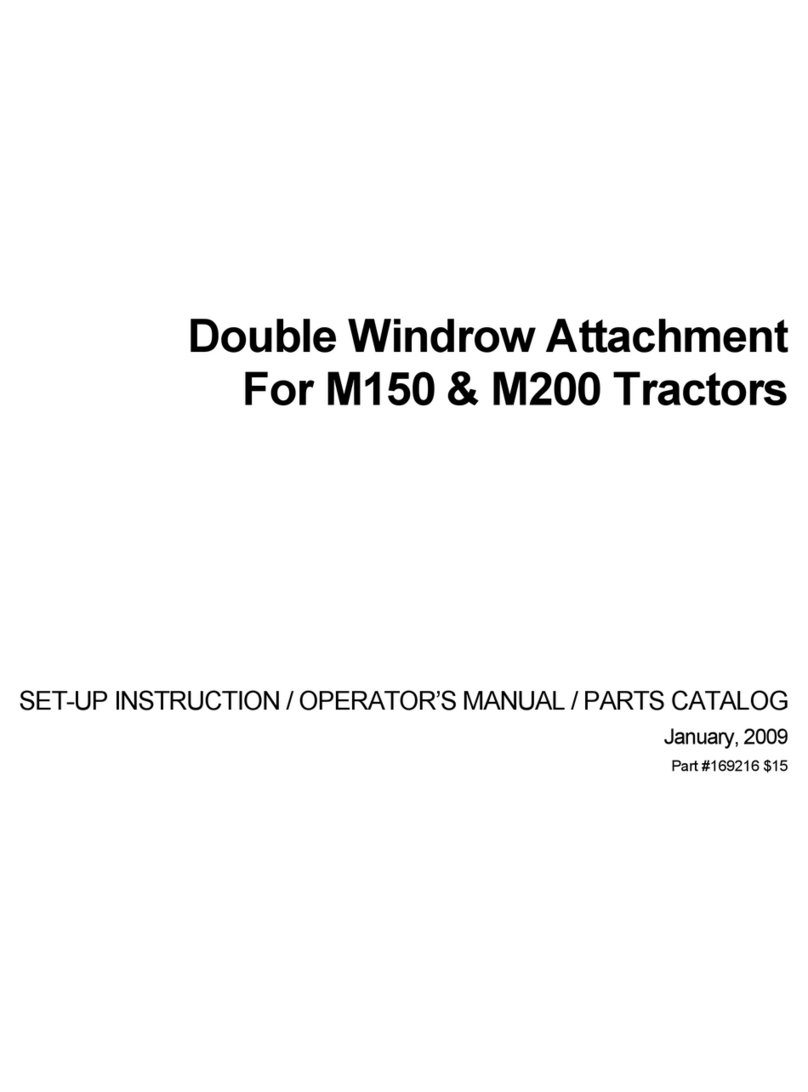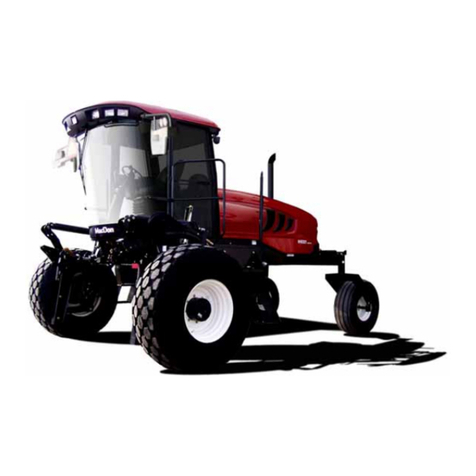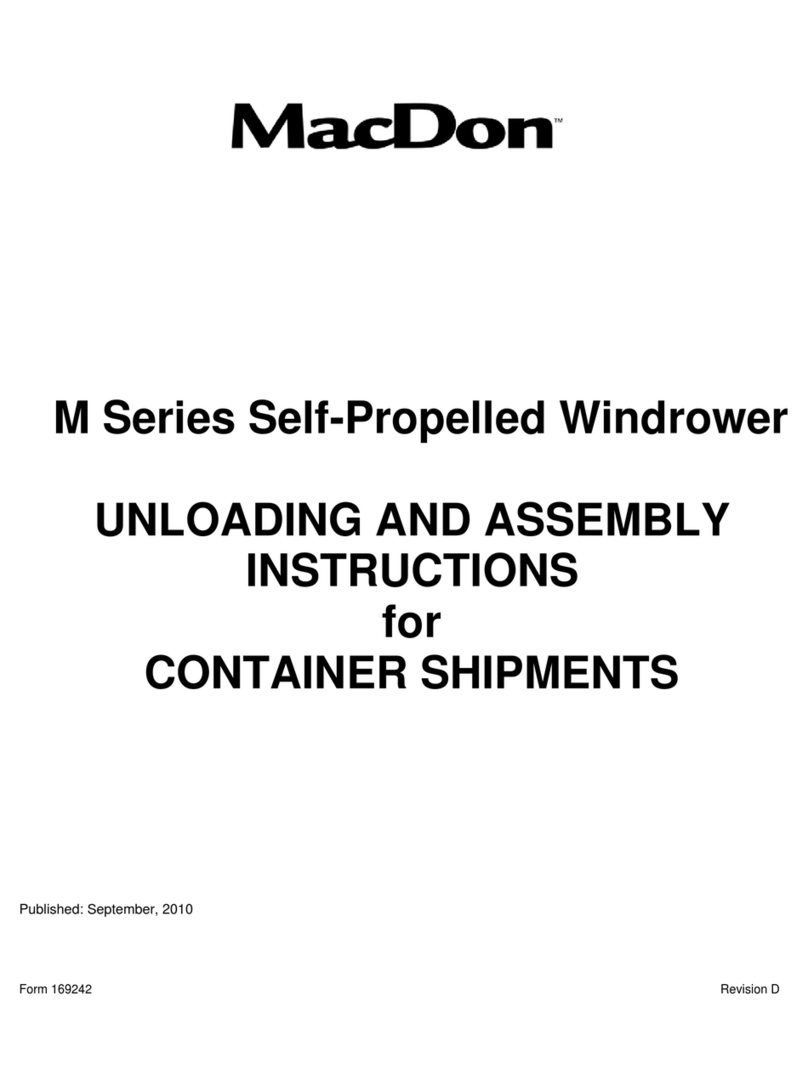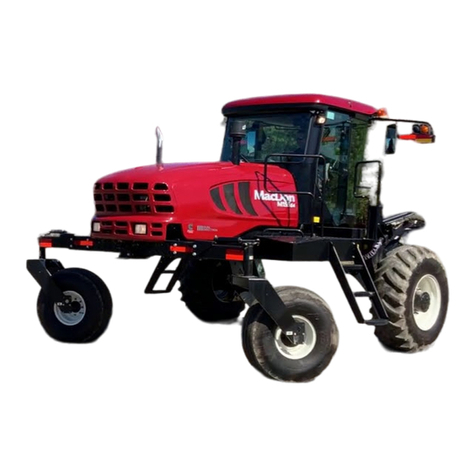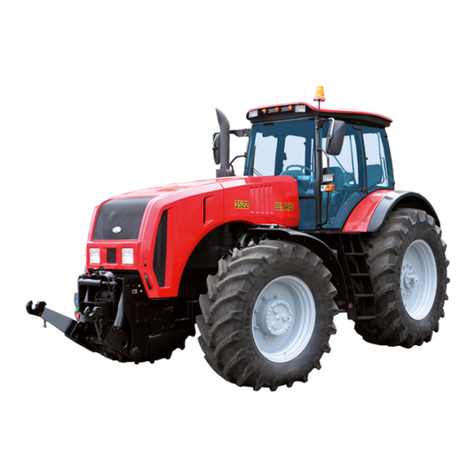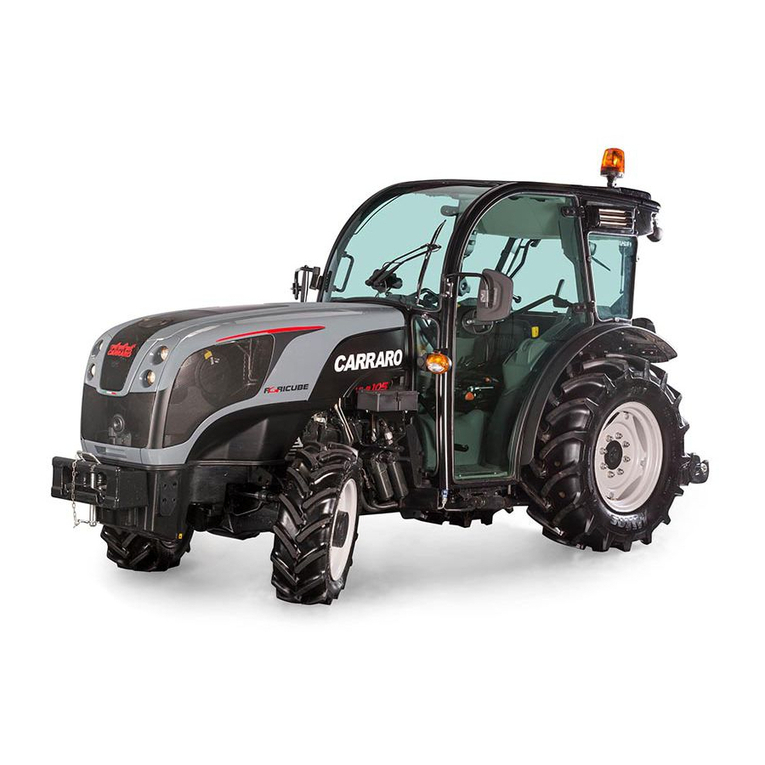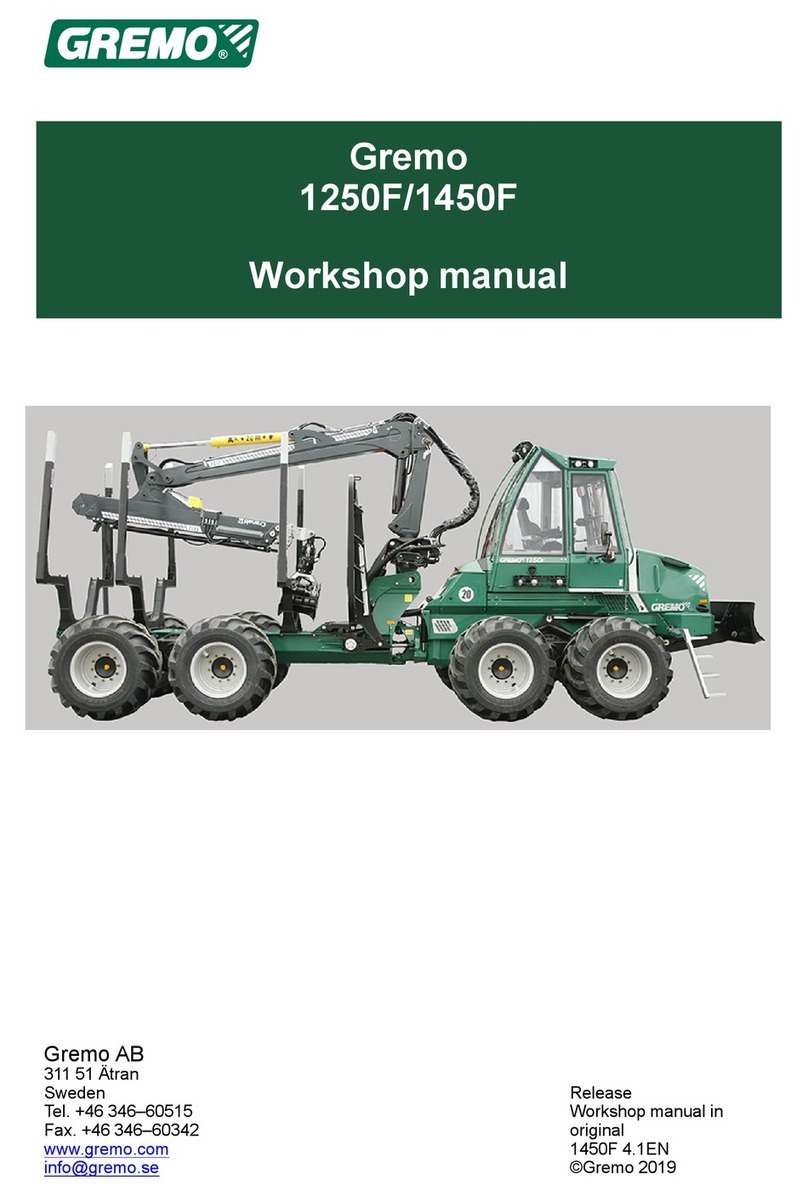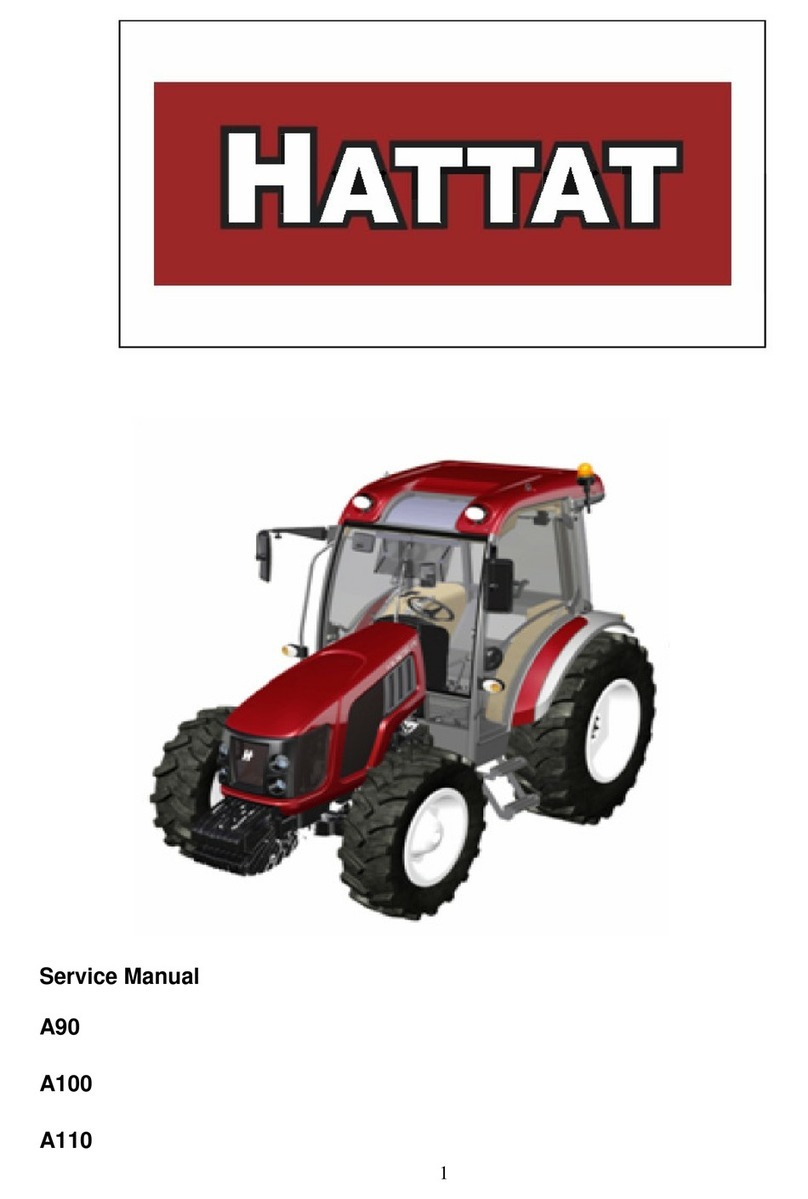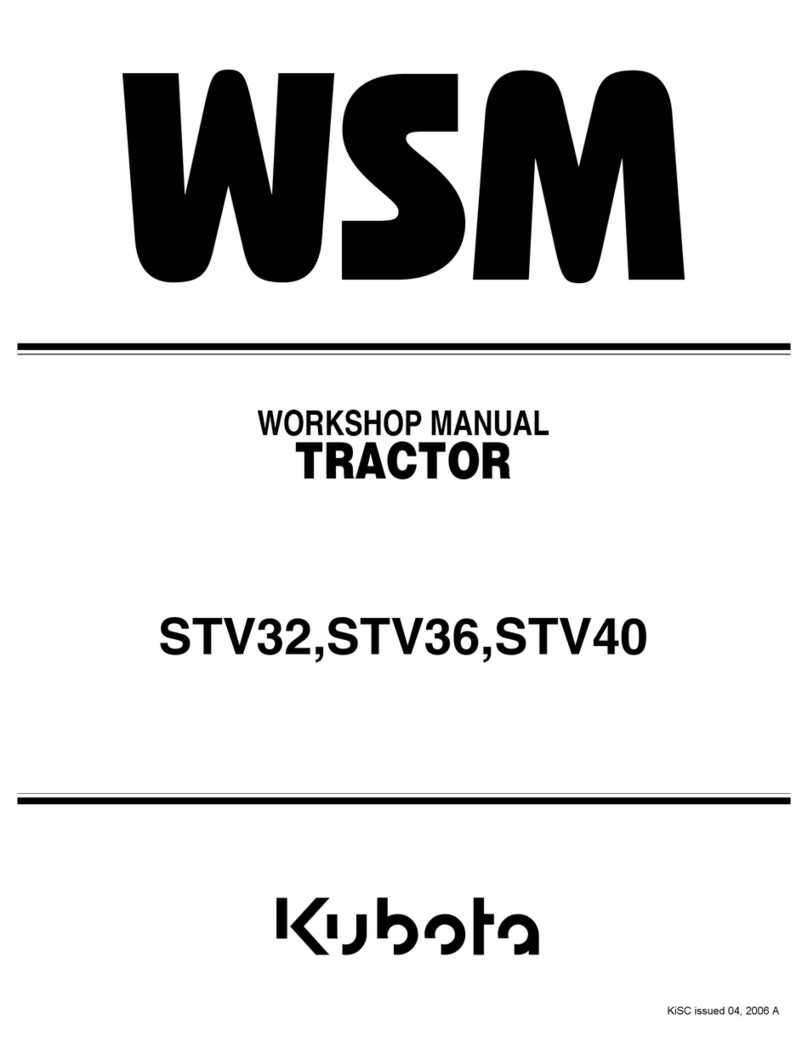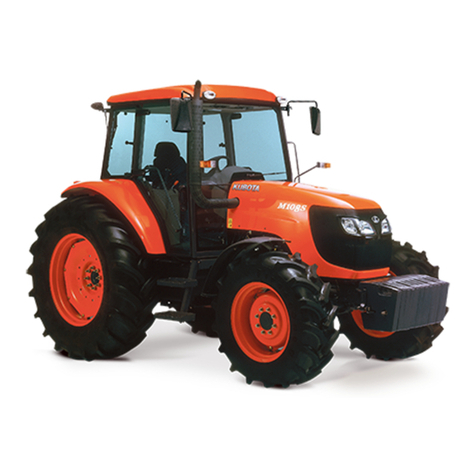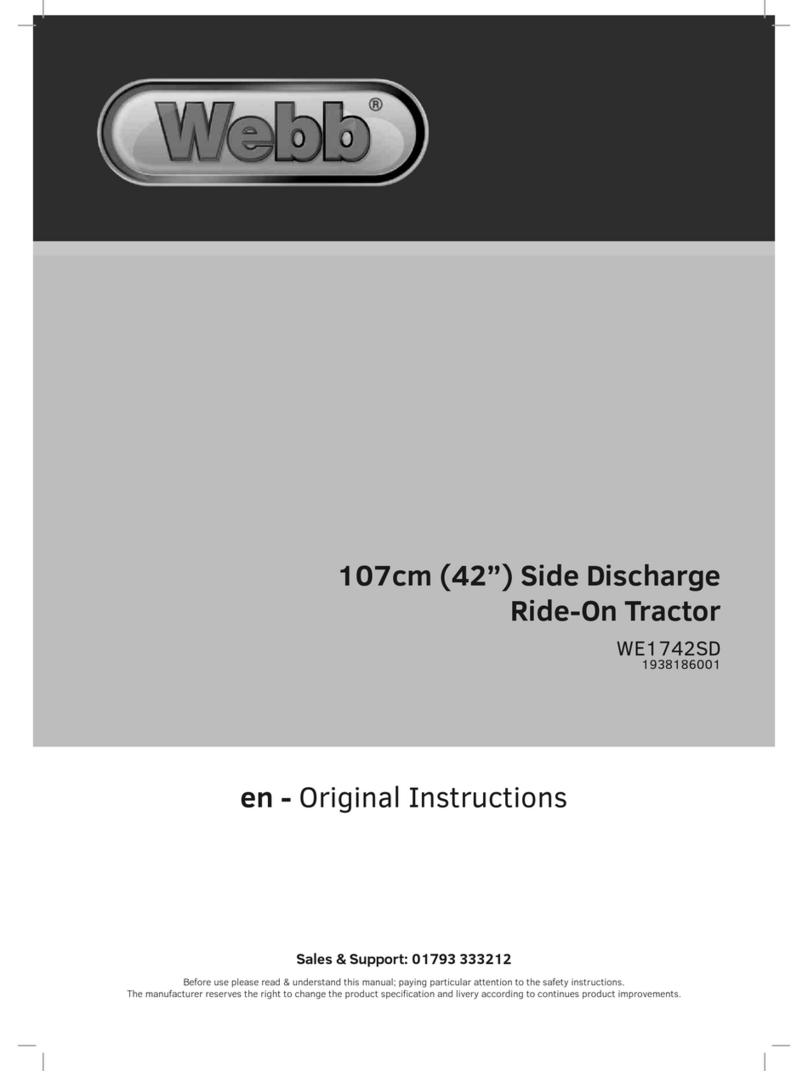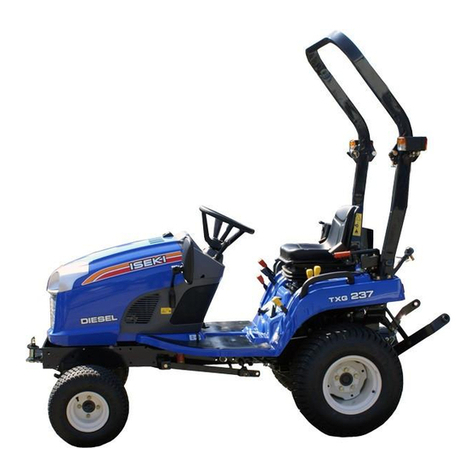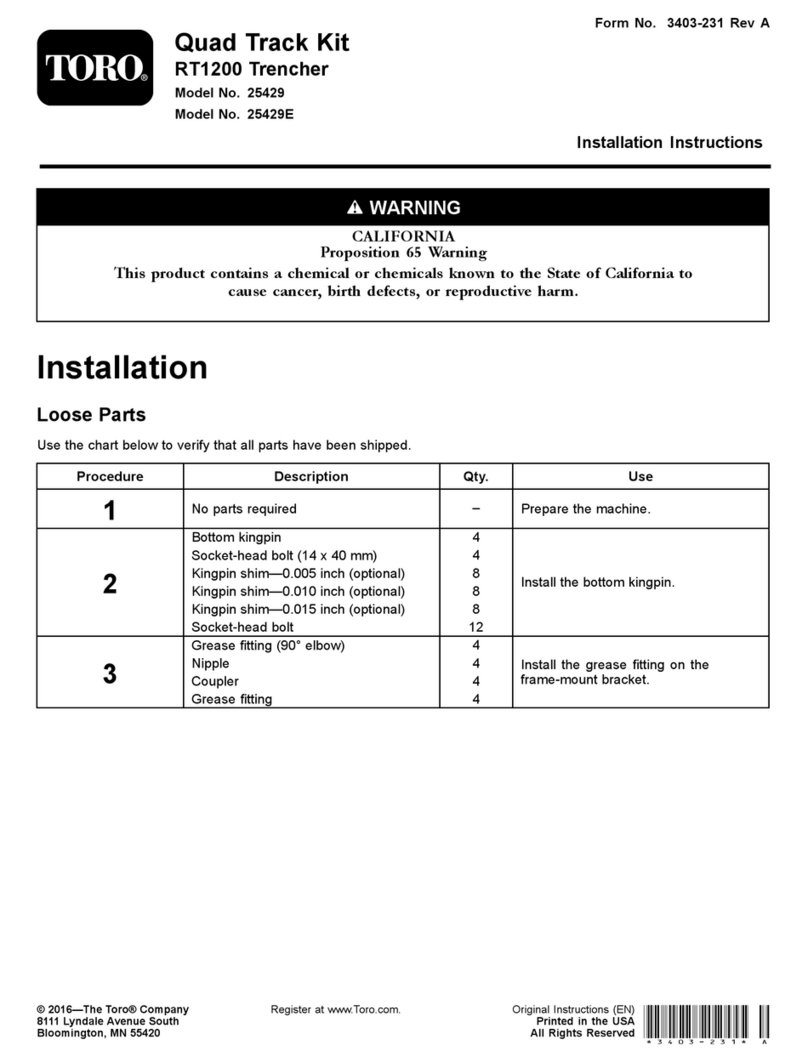
214735 vi Revision A
4.1.6 Checking Engine Coolant Level..................................................................................................49
4.1.7 Checking Engine Gearbox Lubricant Level and Adding Lubricant..................................................50
4.1.8 Checking Air Conditioning (A/C) Compressor Belts ......................................................................50
4.1.9 Checking Operating Safety System ............................................................................................51
4.1.10 Checking Tire Pressures..........................................................................................................52
4.1.11 Starting the Engine ..................................................................................................................55
Engine Start Troubleshooting Tips .............................................................................................58
4.1.12 Checking and Adding Wheel Drive Lubricant .............................................................................59
4.2 Performing Operational Checks ..........................................................................................................60
4.2.1 Checking Auto Lights.................................................................................................................60
4.2.2 Checking Harvest Performance Display (HPT) ............................................................................61
Navigating the Harvest Performance Tracker..............................................................................62
Setting Language and Units of Measure .....................................................................................64
Setting Time and Date ..............................................................................................................64
Setting Windrower Tire Size ......................................................................................................65
4.2.3 Checking Engine Speed ............................................................................................................66
4.2.4 Checking Exterior Lights ............................................................................................................67
4.2.5 Checking Horn ..........................................................................................................................70
4.2.6 Checking Interior Lights .............................................................................................................71
4.2.7 Checking Air Conditioning and Heater.........................................................................................71
4.2.8 Checking the Radio and Activating the Bluetooth®Feature ...........................................................72
4.3 Checking Manuals .............................................................................................................................74
4.4 Performing Final Steps .......................................................................................................................75
4.5 Attaching Headers to M1 Series Windrower .........................................................................................76
4.5.1 A40DX Auger Header ................................................................................................................76
Attaching an A40DX Auger Header ............................................................................................76
Connecting A40DX Hydraulics...................................................................................................82
4.5.2 D1X or D1XL Series Draper Header ...........................................................................................85
Attaching Draper Header Supports ............................................................................................85
Attaching a D1X or D1XL Series Header ....................................................................................86
Connecting D1X or D1XL Series Hydraulics ...............................................................................92
4.5.3 R1 Series Disc Header ..............................................................................................................95
Attaching R1 Series Disc Header ...............................................................................................95
Connecting R1 Series Hydraulics.............................................................................................100
4.6 Checking Header Settings ................................................................................................................107
4.7 Calibrating the Windrower and Header ..............................................................................................108
4.8 Calibrating Windrower Knife Drive on Harvest Performance Tracker (HPT) Display............................... 111
Chapter 5: Reference ......................................................................................................................... 113
5.1 Lubricants, Fluids, and System Capacities ......................................................................................... 113
5.2 Fuel Specifications........................................................................................................................... 115
5.3 Torque Specifications ....................................................................................................................... 116
5.3.1 Metric Bolt Specifications ......................................................................................................... 116
5.3.2 Metric Bolt Specifications Bolting into Cast Aluminum ................................................................ 118
TABLE OF CONTENTS
